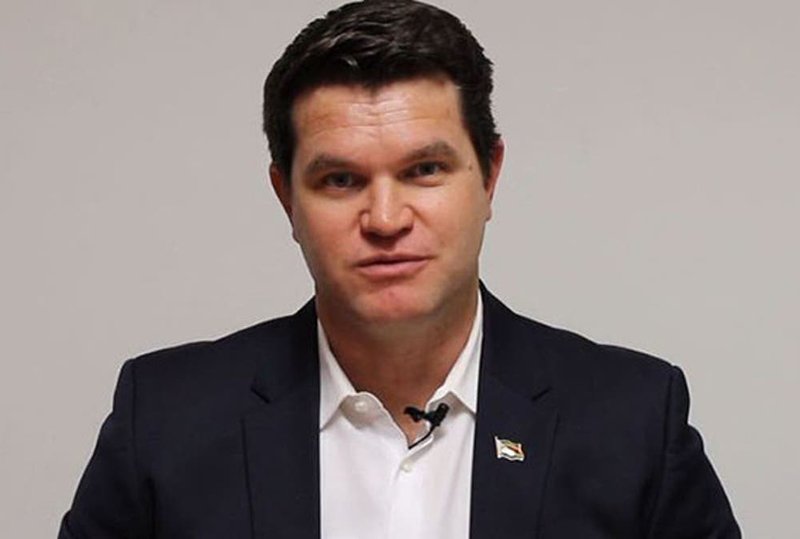- Business
- No Comment
Invictus completes seismic survey for Zimbabwe project

By Agencies
Invictus Energy Ltd. has wrapped up seismic data gathering on Zimbabwe’s Cabora Bassa Basin, expecting deeper leads in an area where it had already made oil and gas finds.
“A total of 425km [264 miles] of high quality 2D seismic data were acquired which will provide enhanced coverage of prospects and leads identified in the eastern areas of Invictus’ Cabora Bassa basin acreage”, the Australian company said in a regulatory filing.
The data obtained was being transferred to Earth Signal Processing Ltd. for processing.
“Initial field processing of the seismic data demonstrates structural closure at multiple target intervals across a number of leads in the Central Fairway and Basin Margin play”, managing director Scott Macmillan said in a statement.
“Following the full processing and interpretation of the new data we are aiming to mature those leads and add to our material prospect portfolio as candidates for future exploration drilling.”
Invictus had already announced oil, gas and helium finds with commercial viability on the Mukuyu-1 drill site on Cabora Bassa. Mud gas analysis proved the presence of hydrocarbons in multiple pay zones, or reservoirs that can generate income, the upstream company announced May 8.
“Analysis shows the presence of light oil and rich natural gas-condensate, with condensate gas ratios estimated at between 30 to 135 barrels per million cubic feet”, Macmillan said in the Mukuyu update.
“The analyzed samples demonstrate a consistent, high-quality natural gas composition, exhibiting low inert content, containing less than 1 percent CO2 [carbon dioxide].
“Furthermore, the presence of helium gas in commercial concentrations in multiple reservoir units is comparable with global helium producing fields and provides an additional high value byproduct”.
Mud gas tests showed helium concentrations of about 0.1 percent. “Commercial production typically requires helium concentrations between 0.04-0.35 percent”, Invictus said.
The finds come three decades after Mobil Oil Corp., now ExxonMobil Corp., abandoned exploration in the Southern African country. Mobil’s data from the 1990s quest is now being used by Invictus.
“The new data will provide additional coverage of several exciting leads in the east of the basin that were identified on our CB21 and legacy Mobil datasets”, Macmillan said in Tuesday’s announcement.
On June 26 Invictus said it had awarded the contracts for well services for Mukuyu-2, keeping it on track for spudding in the third quarter.
“The aim of the upcoming campaign is to build upon the success of the Mukuyu-1/ST-1 well and confirm a commercial discovery, putting the Company on a pathway to development”, Macmillan said in the June announcement.
Macmillan said in Tuesday’s release, “With our preparations for the drilling of Mukuyu-2 this quarter well underway these are exciting times for the company”.
Invictus holds an 80 percent stake and the operating rights for Cabora Bassa, “one of the last untested large frontier rift basins in onshore Africa”, as described on Invictus’ website. The Sovereign Wealth Fund of Zimbabwe in August 2022 expanded the company’s license area to 360,000 hectares, Invictus says on its website.
Mukuyu is “the largest undrilled prospect onshore Africa with an independently estimated 20 Tcf [trillion cubic feet] + 845 million barrels (gross mean unrisked basis) of conventional gas-condensate”, the website states.
Invictus said July 31 it had raised a combined $35.4 million to fund the Cabora Bassa exploration.
Discovery could pave the way for the first gas production in Zimbabwe. President Emmerson Mnangagwa affirmed support for Invictus’ pursuit in a November 1, 2018 statement.
Invictus said, “The survey, which was completed on time and on budget, was acquired on Invictus’ behalf by Polaris Natural Resource Development Ltd and is complementary to Invictus’ existing CB21 survey (also acquired by Polaris)”.
It added, “The survey was carried out with the support of local stakeholders and interest in the activities was high”.
Over 100 people from local communities were employed for the seismic undertaking, according to Invictus.
